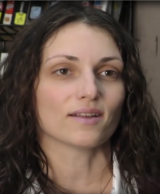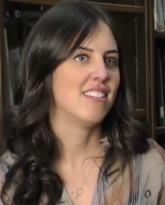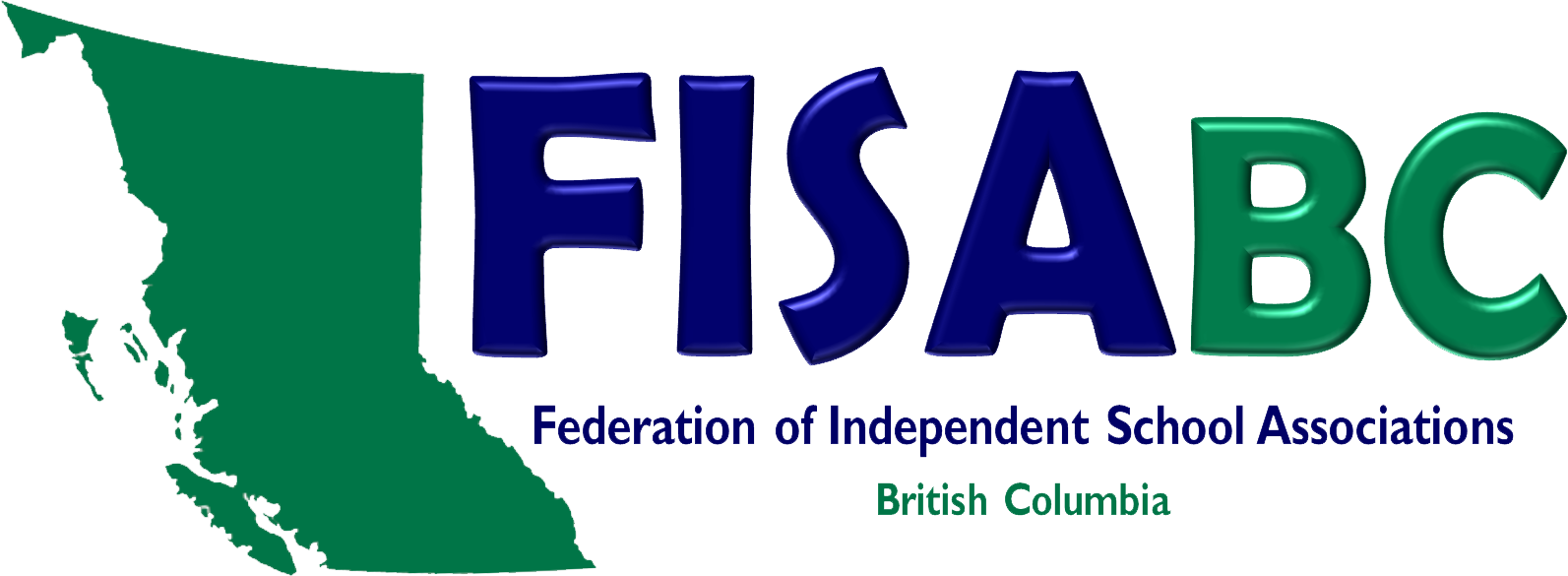
There are plenty of myths associated with the idea of schools “going grade-less” or eliminating marks. And Holy Cross Secondary School vice-principal Andrea DeSantis and teacher Jill Kitching have heard them all.
Andrea, who currently teaches English 9 (in addition to her VP duties) and Jill, who teaches math 8 & 9, have been going grade-less for four years. Here are the myths about this style of learning, followed by the facts:
Myth 1: The entire school must be grade-less.
Fact: Only Andrea and Jill’s classes follow the new assessment model at Holy Cross.
Myth 2: There are no grades at all.
Fact: The BC School Act requires that a grade be recorded for every subject every year. As a result, Andrea and Jill meet with each of their students throughout the year to assess progress. Then, they meet with each student again in June and, together with the students, agree upon a grade that best reflects where their learning is at the end of the year.
Myth 3: The kids must all want to give themselves As.
Fact: Many students assess themselves far harder than the teachers would ever consider. But, otherwise, they’re generally pretty accurate.
Myth 4: Without marks, parents won’t know how their child is doing.
Fact: While it’s true that SOME parents are initially opposed to the idea of grade-less classes, most of them come around pretty quickly — particularly when they get a better understanding of their child’s strengths and weaknesses.
Myth 5: This system, which depends on continuous feedback, creates a lot of extra work for teachers.
Fact: Says Andrea: “It’s a little bit more work but I don’t ever feel stressed about. It’s different and it’s satisfying.” Says Jill, “We’re using our professional judgment and not relying on a calculator that’s spitting out a mark at the end.” Both teachers agree that the most important fact is that students end up doing as much work as their teacher in assessing their own understanding.
Both Andrea and Jill are converts to the notion of grade-less learning. Andrea describes her “aha” moment following a meeting led by Alberta educator Joe Bower. “I went in with a list of questions to refute everything he was going to say, and he turned me around,” she says.http://Hotlink to: http://joe-bower.blogspot.ca/p/quick-bio.html
One of the most convincing arguments, Andrea and Jill say, was an analysis of percentages, presented on his blog in 2013. Joe’s post showed how a student could have a 13% swing in marks (going from a 67% to an 80%) simply based on different weights given to different assignments, tests or projects.

According to Jill, it’s easy to get the kids on board with going grade-less — and not because it means they have to do less work. In fact, the students actually have more work as they need to keep a learning portfolio. “They like they don’t always have to be judged on everything they do,” she says. Andrea agrees: “Kids buy into it because it empowers them to think about their learning.” They can say, “I’m struggling here; what can we do to get me past this?”
Both Andrea and Jill would like to see grade-less schooling become much more widespread. “It started as a one-year experiment that we became so passionate about,” Andrea says. “It’s revolutionized our practice.”
Jill agrees. “If I had a magic wand, I would change everyone’s mindset. Marks are only the surface level. But removing marks can only come with a change in philosophical practice.”
A video prepared by the BC government’s Innovation Partnership program offers interviews with both Jill and Andrea as well as others connected with Holy Cross. (link)
